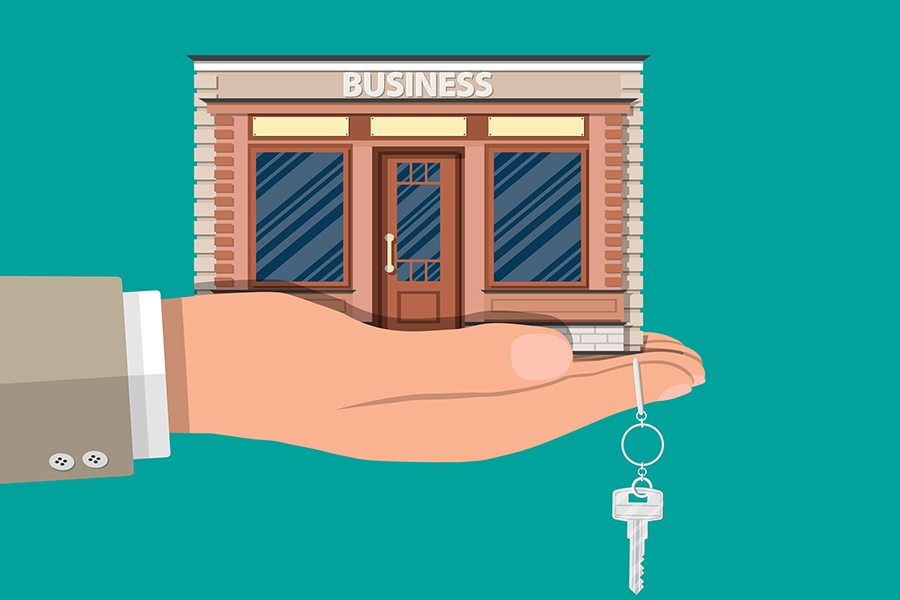Commercial lease calculations can vary based on location, property type, and market conditions. Calculating commercial lease rates involves several factors and considerations.
Step-by-step guide to help you calculate commercial lease rates:
- Determine the Total Rental Cost:
- Calculate the total annual rent by multiplying the monthly rent by 12.
- Total Annual Rent = Monthly Rent × 12
- Consider Additional Costs:
- Identify any additional costs, such as property taxes, maintenance fees, insurance, or common area maintenance (CAM) charges.
- Add these costs to the total annual rent to get the total occupancy cost.
- Calculate Price per Square Foot:
- Determine the total square footage of the leased space.
- Divide the total annual rent (including additional costs) by the total square footage.
- Price per Square Foot = Total Annual Rent / Total Square Footage
- Negotiate Lease Terms:
- Negotiate the lease terms, including the length of the lease (usually in years), rent increases over the lease term, and any tenant improvement allowances.
- Consider Rentable vs. Usable Square Footage:
- Understand the difference between rentable and usable square footage. Rentable square footage includes common areas, hallways, etc., while usable square footage is the actual space you occupy.
- Factor in Rent Escalations:
- Determine if the lease includes rent escalations, which are periodic increases in rent over the lease term. Common escalation methods include fixed increases, operating expense pass-throughs, or tying rent to an index.
- Understand Gross vs. Net Lease:
- Full-Service-Gross (FSG). This type of lease rate has all expenses included in the lease rate. Therefore, the lease rate includes base rent, property taxes, property insurance, common area maintenance costs, and typically utilities.
- Modified-Gross (MG). This type of lease rate is treated similarly to the Full-Service Gross lease for the first full year of the lease term, but slightly differs for the remainder of the lease term. A Modified Gross lease utilizes what is referred to as a Base Year Expense Stop to account for and protect the Landlord from increases in property taxes, property insurance, and common area maintenance costs in future years of the lease term. The Base Year Expense Stop is the actual total expenses for the property (property tax, property insurance, and CAM costs) for the full year in which the lease commences. A tenant with a base year expense stop is responsible for paying its proportionate share of increases in property expenses over and above the Base Year Expense Stop.
- Net Lease (NL). In a net lease, the tenant pays a base rent plus additional costs like property taxes, insurance, and maintenance. If the tenant pays all property taxes, insurance and maintenance cost, such lease is called triple net, or NNN.
- Consider Tenant Improvements:
- Negotiate any tenant improvement allowances or build-out costs provided by the landlord for customizing the space to meet your needs.
- Consult with a Commercial Real Estate Professional:
- Seek advice from a commercial real estate broker to ensure you understand market conditions, lease terms, and industry standards. They can assist in negotiating favorable terms.
- Review Lease Agreement:
- Carefully review the lease agreement, ensuring that all negotiated terms and conditions are accurately reflected.
